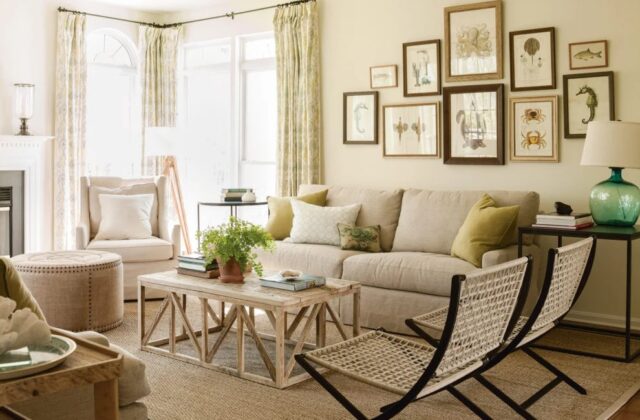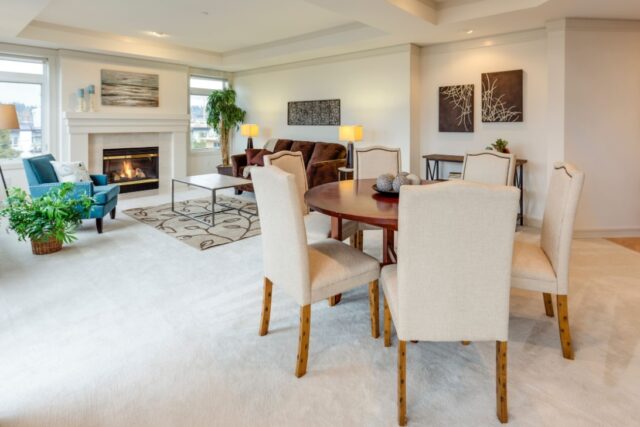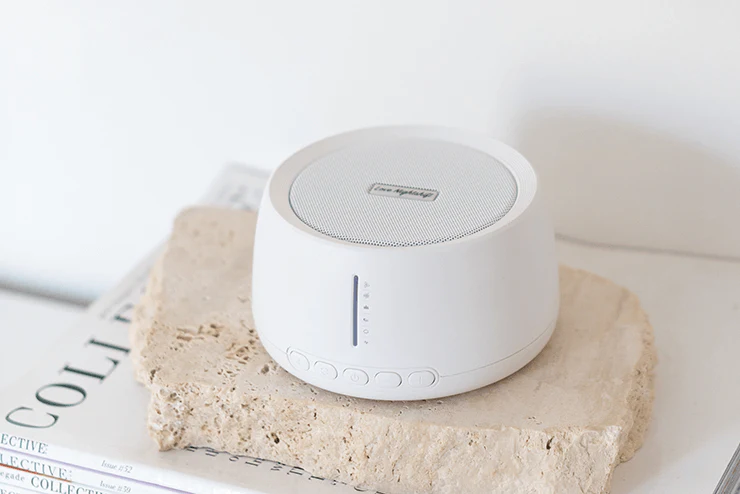
Creating a sanctuary of calm within the walls of our homes has never been more important. The quest for tranquility goes beyond mere comfort; it’s about nurturing our well-being in a world that’s always on.
This article looks at the profound benefits of mitigating indoor noise pollution and outlines nine innovative strategies to enhance the sound quality of our living environments.
So, whether you’re nestled in a cozy apartment or preside over a sprawling estate, these insights will transform your abode into a haven of peace.
1. Embracing the Silence ─ The Foundation of a Peaceful Home
The journey toward serenity begins with understanding the essence of sound. Noise, often described as unwanted sound, can infiltrate our homes in myriad ways, from the relentless hum of traffic to the intermittent disruptions of electronic devices.
However, the foundation of a peaceful home lies in its ability to buffer these intrusions, creating a backdrop where silence becomes the canvas for our lives. Incorporating materials that absorb or block sound waves is a primary step. Thick curtains, plush carpets, and upholstered furniture serve as frontline warriors in the battle against noise.
2. How Plants Can Turn Down the Volume

While technology and architectural modifications hold the key to soundproofing, nature offers its own solution: plants. Not merely decorative, foliage acts as a natural sound barrier, absorbing frequencies that otherwise would echo through our living spaces. Positioning larger plants near windows or along walls can dampen external noises, creating a more serene indoor environment.
This strategy harmonizes with the aesthetic and functional aspects of our homes, blending beauty with wellness. Additionally, the presence of greenery is intrinsically linked to improved air quality and, importantly, mental health, fostering an atmosphere where tranquility and well-being flourish in tandem.
3. The Art of Strategic Layouts and Planning for Peace
The layout of our homes can significantly impact how sound travels and is perceived within. Open floor plans, while aesthetically pleasing and conducive to social interactions, can often amplify noise. The strategic placement of furniture and the use of room dividers can mitigate this effect, creating quiet zones that absorb sound rather than allowing it to bounce freely.
Bookshelves loaded with volumes, for instance, not only enhance the character of a space but also serve as an effective sound barrier. Similarly, positioning softer, larger furnishings in areas prone to echo can reduce sound transmission, making each room in your home a sanctuary of calm.
4. The Silent Benevolence of Flooring

When we think about sound in our homes, our thoughts rarely drift to what lies beneath us. Yet, the floors under our feet play a pivotal role in the acoustic quality of our spaces. Traditional hard surfaces can amplify sound, turning footsteps into echoes that pervade our living environment.
The secret to muffling this unwanted noise lies in the strategic use of underlayment, a layer of material directly beneath the flooring. This provides a cushion that absorbs sound and also enhances the durability and comfort of the flooring itself.
When selecting materials, opting for specialized acoustic underlayment can transform a room into a bastion of silence, where every step resonates with tranquility rather than tumult. Whether you’re playing the drums, or you just don’t want to hear feet walking above you, this underlayment can help.
5. Windows to the World and Sealing Out the Sound
The windows in our homes offer more than views and natural light; they are gateways through which the outside world converses with our inner sanctuaries.
Unfortunately, this exchange often includes unwanted noise from the bustling activity beyond our walls. Upgrading to double-pane or even triple-pane windows can significantly reduce this auditory intrusion.
These windows are designed for thermal insulation and also for their sound-dampening properties, creating a barrier that keeps external clamor at bay.
For those in particularly noisy environments or for whom window replacement isn’t an option, soundproof curtains or window inserts offer a viable alternative, providing a layer of sound insulation that can help maintain the tranquility of your living space.
6. The Role of Smart Home Devices in Reducing Noise

Even the gadgets designed to simplify our lives can become sources of noise pollution. However, technology also offers solutions to combat cacophony. Smart home devices, when used judiciously, can play a significant role in managing the soundscape of our homes.
For instance, noise-canceling systems use white noise or sound masking techniques to blur the edges of unwanted sound, creating a more homogeneous auditory environment that can help to enhance focus and relaxation.
Additionally, smart home hubs can centralize control of electronic devices, allowing for the scheduling of quiet hours or the automatic muting of notifications during periods of rest or work.
This proactive approach to managing technology ensures that our homes remain havens of peace, not arenas for digital disruption.
7. The Harmonious Home and Incorporating Sound Zones
Creating designated sound zones within your home can achieve this balance, allowing for dynamic use of space based on activity and time of day.
A sound zone could be a dedicated area where sound is enhanced for entertainment purposes, such as a home theater or music room, equipped with sound-insulating materials to contain noise.
Conversely, quiet zones might include bedrooms or a study, where materials and design choices prioritize sound reduction. By thoughtfully allocating these zones, families can enjoy high-energy activities without disrupting those in need of quiet.
8. The Use of Personal Sound Management

Personal sound management tools offer an individualized solution. Devices such as noise-canceling headphones or white noise machines can provide immediate relief in situations where architectural changes are not feasible or when temporary noise disturbances arise.
These devices can be particularly beneficial in multi-use spaces or apartments where external noise cannot be completely controlled. By creating a personal auditory bubble, individuals can find peace amid chaos, enhancing concentration, relaxation, and overall well-being.
9. Engaging the Community ─ A Collective Approach to Noise Reduction
Lastly, while much can be done within the confines of our homes to mitigate noise, engaging with the broader community can amplify these efforts.
Collaborating with neighbors to establish quiet hours or working with local authorities to address sources of environmental noise can lead to substantial improvements in the sound quality of our neighborhoods.
Community initiatives, such as planting trees or advocating for traffic calming measures, not only enhance the aesthetic and environmental value of our surroundings but also contribute to a collective reduction in noise pollution.







